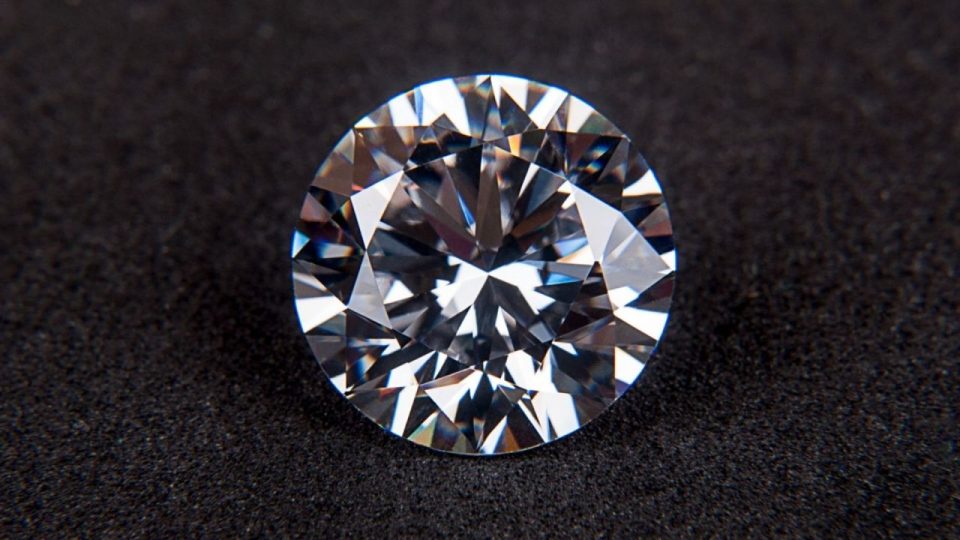(QUEEN CITY NEWS) — A growing trend is cutting into the natural diamond industry. Industry experts estimate lab-grown diamond sales reached nearly $6 billion dollars last year.
“I work behind the chair every day,” Kenna Ehman.
Back in 2020, Charlotte the co-salon owner and hair stylist Kenna took time off to get married and returned to work with a piece of jewelry said to stand the test of time.
“Yeah, I really love them,” she said.
She first heard of lab-grown diamonds about five years ago and sparked an interest.
BE THE FIRST TO KNOW: Sign up here for QC News Alerts and get breaking news sent straight to your inbox
“My first thing was, ‘is it a real diamond?’ Because you hear lab-grown, ‘is it real or is it not?’ And I found out quickly, it is real, it’s just grown in a lab instead of nature,” Ehman said.
It is a growing trend that’s cutting millions of years into weeks. A large majority of man-made diamonds come from laboratories in India that use high-tech machinery replicating high pressure and high temperature conditions.
Each year, more and more are making their way into a growing number of jewelry stores across the U.S.
“Ten years ago, did you see the industry moving in this direction?” Queen City News asked the founder of Bare Diamond Nick Pirie.
“No, absolutely not, ten years ago we were still understanding how to grow diamonds,” Pirie said.
📲 Download the Queen City News app to stay updated on the go.
📧 Sign up for QC News email alerts to have breaking news sent to your inbox.
💻 Find today’s top stories on QCNews.com for Charlotte, NC, and all of the Carolinas.
In 2017, he founded the jewelry wholesaler with a showroom in Charlotte.
“We have access to both mined and grown diamonds and 99.5% of our business is lab-grown diamonds,” Pirie said. “Grown diamonds are physically, chemically, and visibly the exact same thing as a mined diamond, the only difference between the two is how did it get here today? Was it grown in a lab or was it mined out of the ground? That’s the only difference, that and the end price.”
Lab-grown diamonds are said to be more ethical and sustainable than mined diamonds sell between 40 percent to 50 percent cheaper than natural grown stones, allowing customers to go larger for less.
“We made this beautiful piece of jewelry; it just happens that it took us six to eight weeks to grow it in a lab,” Pirie said.
“There’s a lot of jewelers that will say, ‘I can tell the difference.’ They are lying, you can’t,” said Philip Duncan, owner of Piedmont Gold Exchange and Refinery.
Out of his small shop in Pineville, Duncan has been buying and selling jewelry for decades.
“Diamond is a big part of our business,” Duncan said.
For decades he has used conventional testing to determine whether the diamonds entering his shop are real or fake. When it comes to lab-grown and natural diamonds, his tired and true techniques no longer work.
“I’ve lost maybe $30,000 to $40,000 in the last year, not knowing the difference,” Duncan said.
Dozens of lab-grown diamonds now line his display case not as merchandise, but as decoration.
After losing thousands of dollars in the last year, he purchased a $13,000 machine from the GIA to spot the difference. The machine uses light to detect small defects in the stone.
Last year, industry experts estimate that lab-grown diamonds made up about 7% of the world’s diamond market.
“At the end of the day, a diamond is just a diamond, and for me, the promise is there. I just think it’s very important that you are getting that, but also staying within what you think is moral or ethical,” Ehman said.


